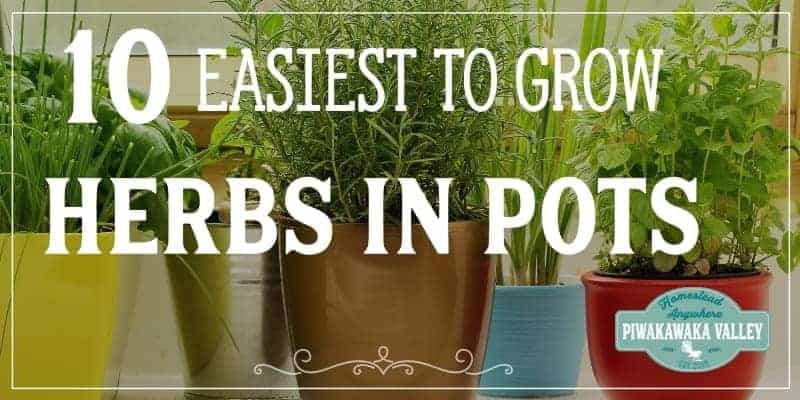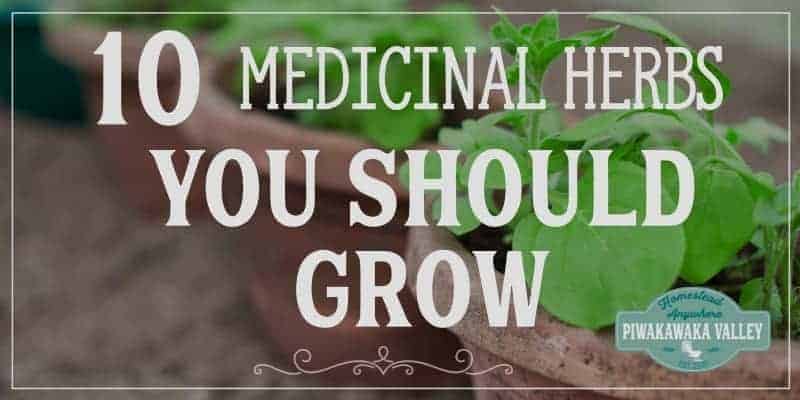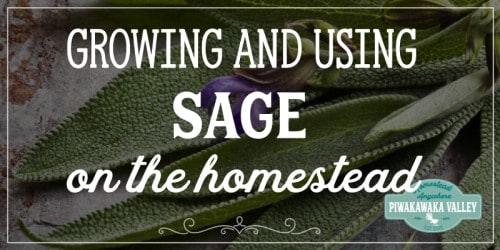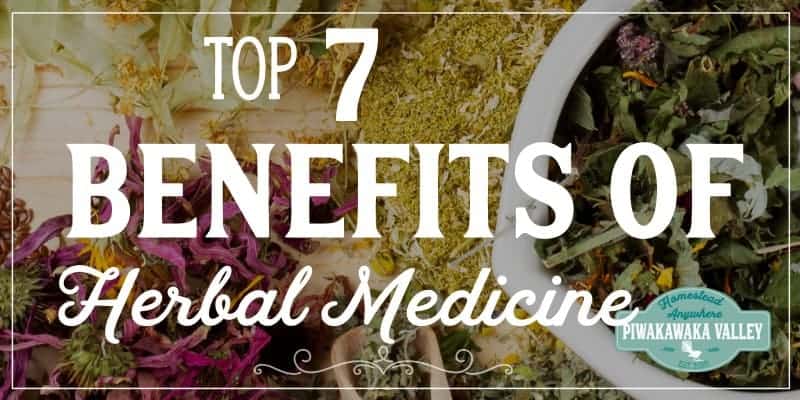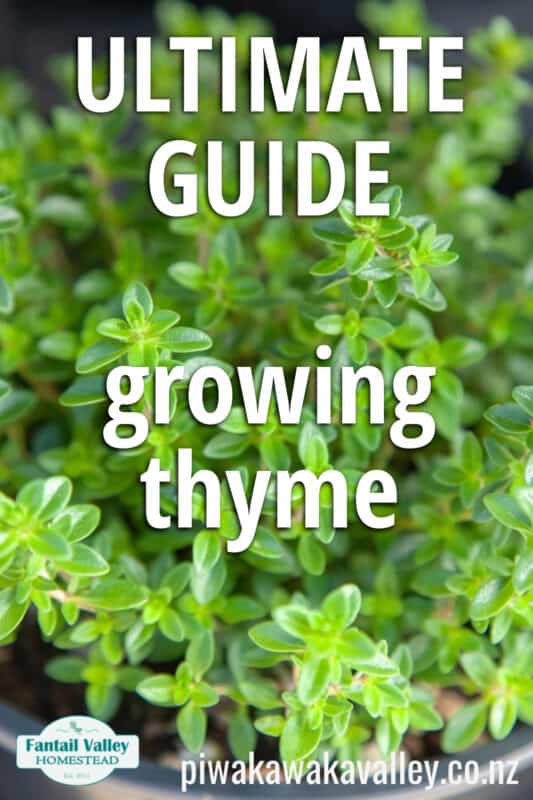This post was most recently updated on December 7th, 2021
Thyme is an ancient Mediterranean herb that is mainly used in gardening as a ground cover, and also in the kitchen as a food flavoring. If you are wondering how to grow thyme in your garden, read on and discover just how easy it is.
Please read: This information is provided for educational purposes only and is not intended to treat, diagnose or prevent any disease. We encourage you to make your own health care decisions in partnership with a qualified health care professional.
This post contains affiliate links, this means at no extra cost to you, we make a commission from sales. Please read our Disclosure Statement
What are the benefits of growing thyme?
Thyme is a fresh, lemony herb that is fragrant when the leaves are crushed. It is resilient and hardy, preferring a warm well, draining site with organic matter. But it will make do with almost any garden situation. There are many benefits to growing thyme in your garden, these include:
Herbal medicine uses
Fresh thyme can be dried to use later, or you can use the fresh herb straight from the garden in teas or made into other preparations.
Thyme has many herbal medicine uses around the home and is a common home remedy due to its anti-viral, anti-bacterial and anti-fungal properties. Read further below for more ways to use thyme medicinally.
Easy growing ground cover
It is a very attractive plant and has the ability of thriving in any climate. It grows fairly low and close to the ground and it’s sprawling growth habit makes it a wonderful under-story groundcover in your garden.
Feeds the bees
The flowers attract bees and other beneficial insects. The plants flower for quite a long time in the season, providing ongoing food for the bees.
Easy to grow
Thyme is also very easy to plant and also very simple to take care of and can be harvested all year round.
How to Grow Thyme for Beginners
Thyme is one of the easier herbs to grow, once they are established. Getting them established is easy as long as you take the following things into consideration.
1. Buying The Thyme Seedlings From A Nursery
You will need to buy the thyme seedlings, grow them from seed, or you can take thyme cuttings from another plant. To get cuttings to root, put them in a jar of water on a windowsill and the roots will form within a few weeks.
Alternatively, you can divide an existing plant, just pull out some with some roots attached.
Or you can buy thyme seeds, they are very very small and only need sprinkled on some seed raising mix and then kept warm and damp while they sprout.
Once the seedlings have their second set of leaves you can prick them out into a container with some quality potting mix.
2. Plant The Seedlings In Full Sun
You should plant the seedlings or young plant when the ground is warm and space them about 20 centimeters to 30 centimeters (8-12 inches) apart as they spread well.
Thyme can also be planted as a ground cover, around stones, near a wall or in plastic containers. It is a pretty hardy plant, and will grow most places without complaint.
3. Control The Weeds
Like most plants, thyme will grow better if it is not being out-competed by weeds. You should also consider controlling weeds around the plants through mulching or through weeding and surrounding with sand or fine gravel, which can help with improving drainage around the plants. You can also consider organic matter like leaves, lawn clippings or bark as a means for mulching .
4. Let The Soil Dry Completely Between Watering
Watering plants is very important however you should not water thyme too often as it will struggle with root rot if it is consistently wet.
You should only water when you see the soil around the plants has gone completely dry. Thyme naturally lives in very dry areas, and will suffer root rot if the soil is too water logged.
Are you interested in learning more about using herbs and herbal medicine in your life? Find out more about the herbal academy courses here
5. Avoid Over Fertilizing
You should avoid over fertilizing your thyme plants. This is because thyme does not need a lot of nutrients to survive.
In addition to this adding too much fertilizer may lead to the plants losing flavor, as the more a plant struggles the more pungent they are. Think of a hot, rocky outcrop, that is the sort of place thyme grows in the wild.
6. How to Harvest Thyme
You should consider harvesting thyme before they flower for maximum flavor.
Thyme tends to bloom very tiny lavender, white or pink flowers that the bees love. It is highly recommended that you harvest the thyme before the flowers begin to open, if you are planning to use the thyme for culinary purposes or hang the branches to dry to use later.
However this should not stop you from letting the flowers bloom, as they are beautiful and very beneficial for the garden.
Simply use a sharp knife or pair of strong scissors and cut the stems about 2/3 of their length, leaving 1/3 with the plant. This will ensure the plant is not too severely shocked from the harvest, and it will recover quickly.
You can harvest the whole plant in this manner and dry the leaves for use later, or you can simply snip off the pieces from the plant as you need them.
7. Dry The Harvested Thyme Somewhere Shady
Dry the harvested thyme in a well-ventilated area out of direct sunlight.
You can also dry them by placing them on a tray and then putting them in a dehydrator. Once the pieces are dry the leaves fall off the stems completely, so you can rub them off and discard the stalks.
When should you plant thyme?
Thyme will transplant at any time of the year, as long as you keep it watered while it gets established. Traditionally, you would sow seeds in early Spring, take cuttings in mid to late Summer or plant out young plants in Spring or Fall/Autumn.
Is thyme easy to grow indoors?
Thyme will thrive in a pot on a sunny windowsill. Be sure to put a saucer under the pot to protect your windowsill!
Choose a pot that is 8-10 inches across for best success, but you can grow it in 4 inch (10cm) pots as long as you are harvesting it regularly.
Water regularly, but just enough to keep the soil slightly more damp than dry. Over watering will kill thyme just as quickly as underwatering will.
Once every 2-3 months add a little liquid fertilizer to their water to keep them growing well.
Growing thyme in pots outdoors
Thyme will happily grow on a patio or deck in a pot or hanging container. Be sure to water often enough to keep the soil slightly moist, and feed every 2-3 months with a dilute fertilizer.
Harvest plants regularly to prevent them outgrowing their pot size, the bigger the pot, the bigger the plant can grow happily. You can divide plants and repot them if they are over-growing their pot.
What size pot is best for growing thyme?
A 4 inch pot is perfect to grow young thyme plants in if you plan on transplanting them out. If you want to keep your thyme in a container, look for a 8-10 inch pot. This will allow for the plant to grow plenty of roots, to spread and grow to maturity. A larger pot also needs watering less often and is more tolerant of weather extremes.
What is the best variety of thyme?
There are so many types of thyme, and for the most part they can all be used interchangeably and many varieties have several names, so choose one that grows well where you live.
The most common types or names of thyme varieties include Common thyme, Lemon thyme, French thyme, English thyme, Creeping Thyme, Pizza thyme, Mother of thyme and Garden thyme.
What growing conditions does thyme like?
Ideally your soil would have good drainage because thyme thrives well in dry and sandy soil. Adding organic matter to clay soil will help to improve its drainage.
Originally from the Mediterranean, thyme prefers somewhat dry, well draining, warm soil in full sun. This is how you will get the most flavor and medicinal oils in your plants. However, if they dry out too much they will die, so keep an eye on the soil and water as required. Thyme is also frost hardy and will survive snow as well.
What are the medicinal benefits of Thyme?
RELATED: The benefits of herbal medicine
RELATED: Top 10 Medicinal Herbs
1. It Lowers Blood Pressure
Thyme is known to lower blood pressure.
2. Thyme Helps With Coughing
Thyme is known for being a natural cough remedy. When combined with ivy leaves thyme helps reduce coughing and also helps with acute bronchitis.
3. Thyme Boosts Immunity
Thyme has both vitamin C and Vitamin A which are essential for boosting your immunity. Growing and consuming thyme can have a significant positive effect on your health since it will help increase your immunity.
4. It Serves As A Disinfectant
Thyme has disinfectant properties. It particularly helps deal with various types of fungi such as mould.
5. It Helps Deal With Pests
Thyme contains ingredients that serve as pesticides both for outdoor and indoor pests. It helps deal with bacteria, viruses, mites, ticks, fleas, mice and also rats.
Thyme has some extracts that are also capable of repelling mosquitoes, so you can grow it in pots around your patio.
6. It Can Help Boost Your Mood
Thyme oil is very aromatic and can boost your mood and make you feel happy and alert.
7. Culinary herb
Thyme is a wonderful ingredient that can be used for food. It is mainly used in France, Italy and other Mediterranean countries.
It is commonly used with white fish, pasta, tomatoes, mushrooms or with cheese.
For further reading, I recommend these resources:









